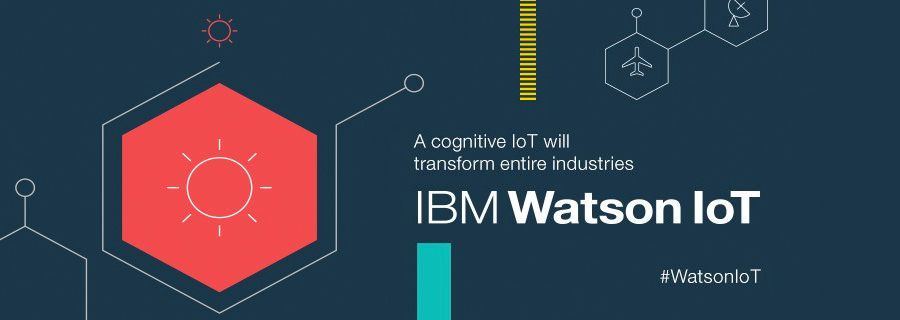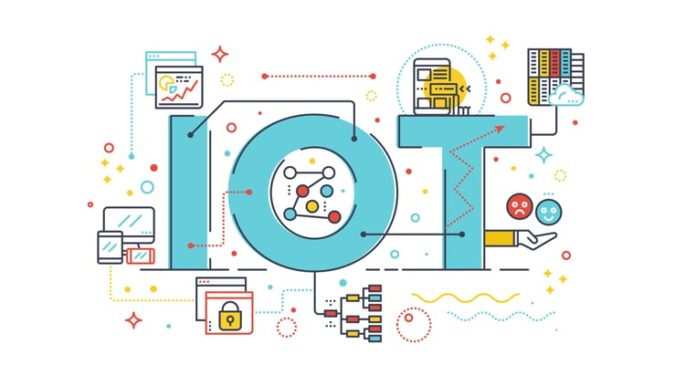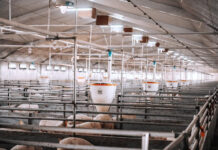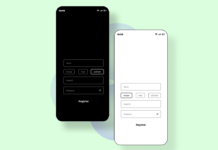Want to know more about IoT platforms? Check out this post to gain more insights about the top 5 platforms for IoT projects.
IoT has now become a critical driver of our technological future. Being one of the rapidly advancing technologies, the demand for IoT based solutions are booming at an unprecedented rate.
This sudden surge in IoT enabled projects is due to the proliferation of smart devices. These devices are virtually used in every place we can get our hands into, their use ranges from homes to even power plants. So the influence of IoT is everywhere, touching nearly every corner of our lives.
Internet of Things: Practical Applications
We can harness the power of IoT both at work and at home. Consider that you are running a manufacturing plant. By introducing IoT into your plant, you can significantly reduce a lot of your production hours and save significant amounts of money. All you have to do is by building an IoT software that interconnects thousands of devices, sensors, and machinery that can deliver you with real-time health reports of your equipment. Each of your devices in your plant can measure critical KPIs on your production line, everything from the strength of the products being produced, speed of conveyor belts, and even air quality. The software can even provide suggestions for the maintenance of your critical equipment.
What are IoT Platforms?
Since IoT is an interconnected ecosystem of connected devices that generates and transmits massive amounts of data with each other, there is a need to combine it into one place where every device in the ecosystem is integrated. To put it simply, an IoT platform is a technology that allows you to manage interconnected devices.
What are the core components that every IoT platform includes?
- Hardware Devices: Includes sensors, RF modules, controllers, radio transceivers, and other hardware devices.
- Software Applications: They are software that is programmed to directly control these hardware devices.
- Cloud Applications: Applications that are interconnected with cloud-based devices and local devices.
Below we have compiled a list of the top 5 platforms for IoT projects in random order.
1. Amazon Web Services IoT
Amazon Web Services (AWS) IoT is a cloud-based IoT platform that is owned and managed by Amazon. AWS IoT is a scalable platform that can be easily scaled up or down based on the needs of your business. Apart from that, AWS IoT can also be integrated with the AI services that AWS provides.
Below are some of the key offerings that AWS IoT provide:
AWS IoT Greengrass: It brings cloud programming and functionality to sets of IoT devices that allow them to communicate in the absence of a cloud connection. These sets of IoT devices are called as a Greengrass group, these groups are always configured from the cloud.
By leveraging AWS IoT Greengrass, you can use popular programming languages to build and test your software in the cloud. Apart from that, you can connect to on-premises software, AWS services, and third-party applications with AWS IoT Greengrass Connectors.
FreeRTOS: FreeRTOS is a real-time OS for microcontrollers that enables small devices easily programmable and manageable. FreeRTOS comes with libraries and a kernel that can be easily used across a large set of applications.
AWS IoT Analytics: It helps to collect, clean and analyze data. This helps enterprises to quickly and easily gain operational insights.
AWS IoT Core: It is a managed cloud service that allows connected hardware to seamlessly collaborate with cloud applications. Amazon Web Services IoT Core can even allow you to interact with all devices 24X7, even in the absence of a stable internet connection.
2. Cloud IoT Core
Cloud IoT Core is a fully managed cloud service from Google Cloud Platform that helps you to seamlessly manage data from millions of interconnected devices. We can combine other services with the Cloud IoT Core platform for real-time retrieval, analysis, and visualization of data. Since Cloud IoT Core is a product of Google, it has the best security standards when compared to other IoT platforms. The platform is having end-to-end security that uses asymmetric key authentication over TLS 1.2
By using this platform, you can easily transfer your device data via a highly secure and intelligent IoT data pipeline.
Cloud IoT Core ensures seamless data ingestion under any condition, it does this by securely connecting interconnected devices via protocol endpoints that utilize horizontal scaling and automatic load balancing.
Below are some of the main features that Cloud IoT offers:
Highly Scalable: The service is serverless and doesn’t require any up-front software installation. It scales instantly without limits, using horizontal scaling of the Google Cloud Platform, Cloud IoT core can be infinitely scaled in realtime by leveraging horizontal scaling of GCP.
Stackdriver Monitoring: You can use this feature to built highly informative dashboards that visualize the total number of devices that are active in a specific registry.
Deep Insights: The analytic systems in Cloud IoT Core can be easily integrated with Machine Learning and Google Big data analytics.
3. Azure IoT Hub
Azure IoT Hub is a cloud IoT platform managed by Microsoft. Azure IoT hub delivers you with cool features such as built-in device management, scaled provisioning, and per-device authentication.
Let’s take a look at the features that this platform offers:
enhanced security: Azure IoT hub provides enhanced security by assigning credentials for each of your devices. This will improve the overall control that you have over a specific device, you can also revoke the permission for access for specific devices as needed.
Device Provisioning Service (DPS): It is a helper service for Azure IoT Hub that delivers just-in-time provisioning to your preferred IoT hub without any human assistance. This allows you to securely provision millions of devices.
4. IBM Watson IoT

IBM also provides a cloud-based platform for IoT, named Watson IoT. Watson provides capabilities for control, connectivity, storage, visualization and analytics of the IoT data,
interconnected devices and gateways. Apart from that, you can secure your physical IoT devices, networks, data and apps with over 70 additional services available to support IoT applications.
Let’s go through some of the features and benefits IBM Watson IoT offers:
Cognitive Analysis: Watson IoT also provides real-time analysis of data, so that you can take timely actions based on data and contacts.When these data are combined with Watson’s cognitive analytics and ML to transform data into actionable insights, providing both predictive and prescriptive analytics.
Quick Wireframing: Watson IoT gives you an access toolchain templates to outline your basic app structure. You can also use node-red an open-source visual programming tool to quickly wire components of your app together so that your IoT data come to life in no time with integrated dashboards that organize and prioritize inbound device data.
IBM Blumix APIs: They can seamlessly extend your app functionality using industry-specific accelerators and tools that can analyze structured and unstructured data for quality such as sentiment and tone analysis.
5. Predix
Owned and managed by GE, Predix is an IoT platform that is exclusively built for Industrial IoT applications. Predix can deliver powerful digital industrial solutions by transforming data from physical devices into powerful insights that will improve industrial operations, reduce costs and develop new data-driven services.
Below are some of the features that Predix offers:
Big data fabric: Provides highly flexible tools for analytics, ingestion, and storage for big data processing and streaming.
Distributed intelligence: It is a cloud technology that can work in tandem to support highly complex applications and analytics.Asset connectivity and management: This will enable you to retrieve, and transfer data from devices to analytics and apps in the cloud.








